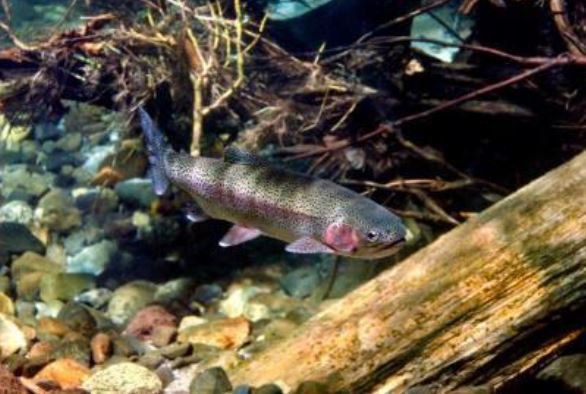Introducing the Program Tracker Tool for Evaluating the Performance of the Council’s Fish and Wildlife Program
- January 12, 2023
- Carol Winkel

At its January fish and wildlife committee meeting, Council staff described the Program Tracker, a new tool designed to help evaluate the performance of the Council’s Columbia River Basin Fish and Wildlife Program – the nation’s largest regional effort to protect and enhance natural resources affected by the hydrosystem.
The Program Tracker compiles and displays data and information on Strategy Performance Indicators, an initiative called for in the Council’s 2020 addendum process to track the status of ecological and biological conditions. The launching of the tracker culminates two years of work with fish and wildlife managers to integrate data from multiple sources in the basin.
In the addendum, the Council committed to convening a workgroup to guide the Council on compiling, assessing, tracking, and reporting on the program’s goals, objectives, and strategy performance indicators. The workgroup includes technical representatives from the tribes and state and federal fish and wildlife agencies in the basin that are the primary entities implementing the Council’s program and generate much of the relevant data.
Numerous sources of information were used to develop the indicators, which are based on currently available data. The resulting tool is a user-friendly, data rich hub that taps key resources such as DART, Streamnet, and the Fish Passage Center, as well as agency and tribal databases, to shed light on key conditions. It’s a “one-stop shop” site that pulls all the latest information together in the context of the program.
“The Program Tracker will be on our website,” said Senior Program Manager Leslie Bach. “All the datasets come from people in the region, and they will have a chance to review the information, supply caveats, metadata, and context prior to the launch of the tracker.”
Bach demonstrated how to use the tracker to access data on strategy performance indicators related to mainstem flow and passage; adult survival; water quality; predator management; and habitat. These strategy performance indicators are just a subset of the total accessible on the tracker.
One example of how input from managers helped to inform the development of the tool was their feedback on combining select data and information to develop a more useful indicator for specific fish species.
“This represents a tremendous amount of work by the region,” noted Fish and Wildlife Director Patty O’Toole. “The program tracker will go a long way to giving people a more comprehensive understanding of the status of the program; it would not have been possible without the support and commitment from our partners.”
O’Toole also acknowledged the leadership of Council Chair Guy Norman and Fish and Wildlife Committee Chair Jeff Allen, who both spent time chairing the workgroups.
Committee Chair Jeff Allen applauded the program tracker and its ability to demonstrate the value of the Council’s program, “It’s a phenomenal regional effort that we hope will help us tell the story of progress in the basin.”
Along with telling that story, noted Bach, the tool may help provide useful information to fish managers in their recommendations in the next program amendment process. “Data from the program tracker could help highlight issues for the program to address,” said Bach.
Bach also acknowledged the work by QW Consulting to create the tool, as well as the individuals on the workgroup and subgroups who were so generous with their time. “It was a really big effort,” she observed, “and we’re grateful for their support.”
“What’s been accomplished in just two years is really amazing,” said Council Chair Norman. “I look forward to seeing what trends and insights the tracker tool will bring to light.”


